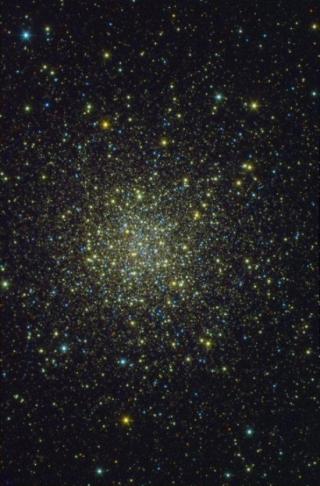El proyecto SHARDS analiza con el GTC galaxias masivas muy antiguas para, entre otras cosas, aclarar cómo se formaron. Con cerca del 70% de las observaciones realizadas, han logrado detectar objetos cuyo nacimiento se sitúa poco después del Big Bang. Un trabajo de arqueología astronómica que puede dar pistas sobre el futuro de galaxias similares.
Advertised on
